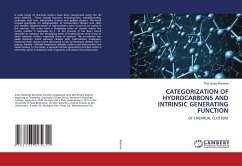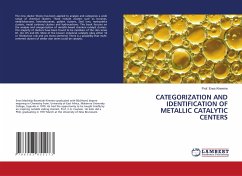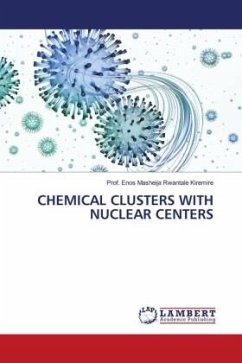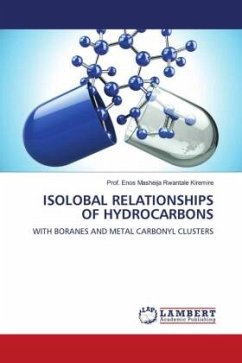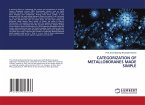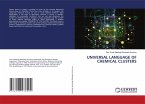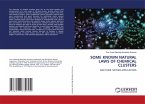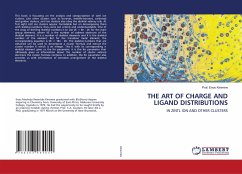A wide range of chemical clusters have been categorized using the 4N series method . These include boranes, heteroboranes, metalloboranes, carbonyls, zintl ions, matryoshka clusters and golden clusters. This book focuses specifically on categorization of hydrocarbon clusters into clans and families. Diagonal series of hydrocarbons were found to be useful in this exercise. The series form a decapping series of clusters where the cluster number k decreases by 1. In the process, it has been found desirable to compare the decapping series of hydrocarbons with those of metal carbonyl clusters, especially those of osmium. The correlation was made between metal carbonyl clusters with hydrocarbon analogues. Carbonyl metal clusters were discovered to be conveniently divided into 3 groups, Namely : Metallic fragments, Metallic clusters and Hydrocarbon like metal clusters. In this study, a general intrinsic generating function which is extremely useful in dividing metal fragments and clusters was discovered.
Bitte wählen Sie Ihr Anliegen aus.
Rechnungen
Retourenschein anfordern
Bestellstatus
Storno

